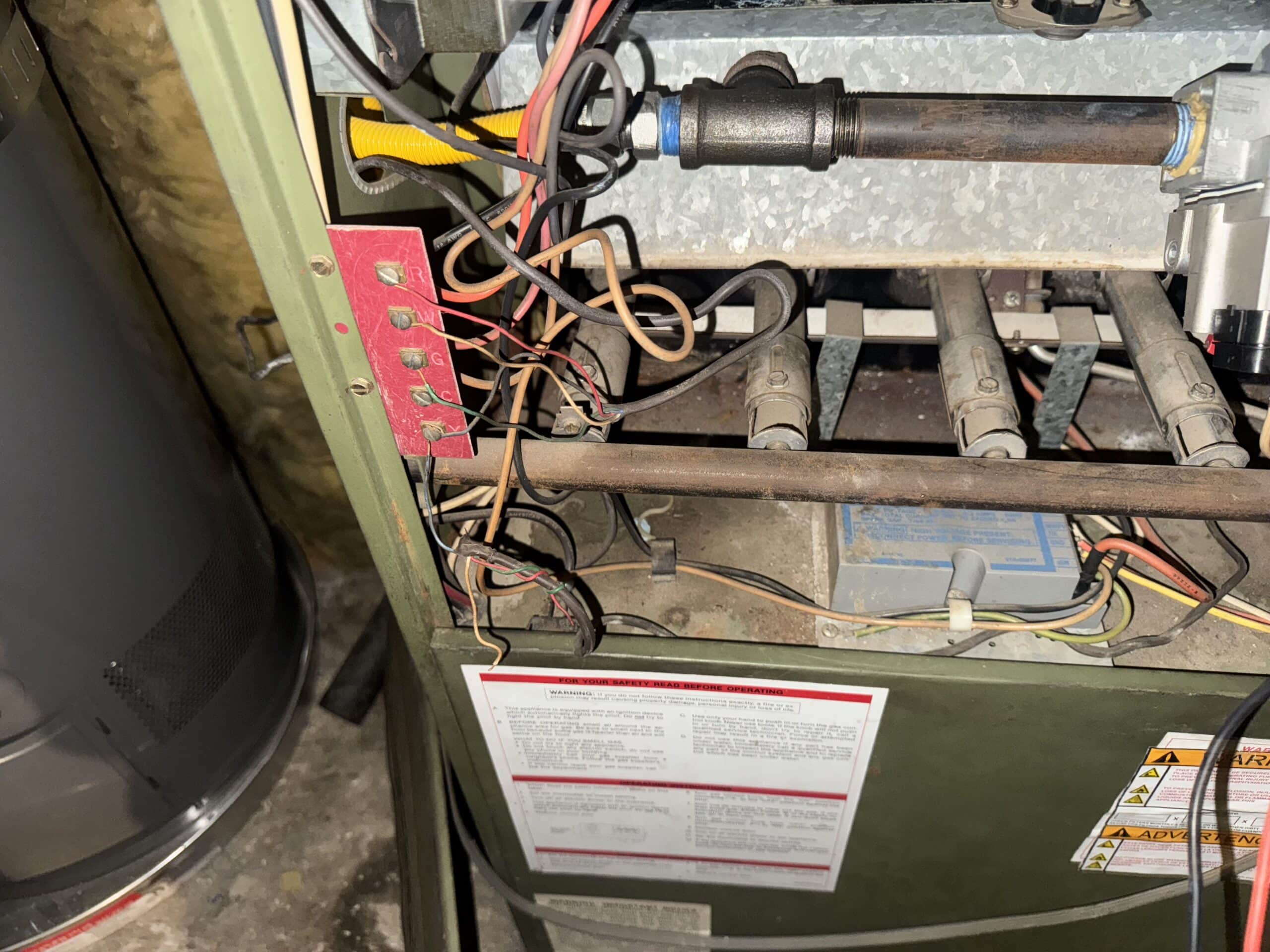Emergency Heating Repair: Know When to Act Fast
Jul 22, 2025

How Long Should a Furnace Last Before It Starts Causing Trouble?
Let’s say your furnace is celebrating its 20th birthday. That’s a fine run for a box of heated metal tucked away in your basement. But just like an old truck that starts coughing in the cold, your furnace might be gearing up to disappoint you on the coldest night of the year—and you won’t know it until it quits. That’s where emergency heating repair comes storming in like a heroic cowboy at high noon.
Now, if you’re a homeowner within the windswept radius of Rancho Cucamonga, Corona, or anywhere in the Inland Empire or Orange County, this tale may sound familiar: The heater dies right before guests arrive, the thermostat mocks you, and you're suddenly Googling furnace CPR tips. The truth is, most folks don’t think about their heating system until it's shivering right along with them.
So what gives? Why does a 20-year-old furnace suddenly go rogue, and how can you avoid the hassle of a late-night emergency call?
Why Older Furnaces Fail and Emergency Heating Repair Becomes Necessary
First off, furnaces don’t die of old age—they die of neglect. Sure, time does its part, but it’s the dust, the skipped inspections, the clogged filters, and overworked motors that seal the deal. While the average furnace lifespan hovers around two decades, performance can start slipping far earlier—especially if no one’s been poking around under the hood each year.
And when things slip, they rarely do so quietly. You’ll notice your home takes longer to heat. Your energy bill starts looking like a ransom note. Or worst of all, the unit simply stops working in the middle of January.
Now here’s the kicker: Most emergency heating repair calls aren’t about some rare mechanical failure—they’re about common, preventable problems that snowballed over time. A cracked heat exchanger, a burnt-out igniter, or a dead blower motor are all popular culprits. All three can be spotted ahead of time during an annual inspection. That’s right. This whole dramatic scene could’ve been averted with one scheduled visit.
The Annual Inspection: Your Furnace’s Only Real Friend
Let’s say you’ve got a solid furnace—no funny smells, no strange noises, just good old heat. You might wonder, “Why bother with an inspection if everything’s working?”
Well, my friend, the same logic could apply to eating vegetables. You feel fine, until you don’t. A furnace might run just well enough to mask its failings until the day it doesn’t. Annual inspections catch the small things—rusty parts, carbon monoxide leaks, pressure problems—before they become full-blown emergencies.
Especially here in SoCal, where temperatures drop just enough in winter to make you forget your system exists nine months out of the year, annual maintenance is the difference between peace of mind and dialing for emergency heating repair while wrapped in a quilt like a burrito.
And let’s talk savings. An inefficient or failing furnace works harder, guzzles energy, and drives up costs. It’s like forcing a 1990s minivan to haul a trailer uphill—something’s going to break, and it won’t be cheap. Inspections help keep your system running smoother, longer, and more affordably.
When to Call for Emergency Heating Repair (And When It’s Your Fault)
If your house suddenly feels like a walk-in freezer and your thermostat is set correctly, don’t wait around. A call for emergency heating repair is justified. But if it’s the fifth time in three winters your heater’s flaked out, it might be time to take a good hard look at your maintenance habits—or lack thereof.
Signs it’s time to call immediately include a complete lack of heat, strange burning smells, electrical issues (sparks, flickering lights), or any sound that makes you think of a haunted house. Those are red flags, and ignoring them usually ends with an invoice and a grumpy household.
But in many cases, these breakdowns tie directly back to long-ignored inspections. The system was whispering for help long before it screamed.
And if you're reading this thinking, “Well, mine's running just fine,” bookmark this page anyway. Emergency repairs are not a matter of if, but when, especially if you’re operating on borrowed time past the 15-year mark.
The folks at Iceehotair.com (that’s us) have been poking around heaters and whispering sweet nothings to aging furnaces for decades across Rancho Cucamonga, Corona, and the surrounding Inland Empire. We’re the ones who answer the phone on weekends. We’re the ones who show up when it’s cold and your furnace taps out like a tired boxer.
The goal isn’t just to fix what's broken. It’s to stop things from breaking in the first place. And that’s something a once-a-year checkup can help with in a big way.
So if your furnace is clocking in at 15, 18, or a glorious 22 years, give it the gift of an inspection. And if it’s already thrown in the towel, don't sweat it—emergency heating repair is just a phone call away. Better to deal with it now than wait for a long night and a cold house to remind you why it matters.
Because nothing says "cozy home" quite like a heating system that actually works when you need it.
Recent Posts


